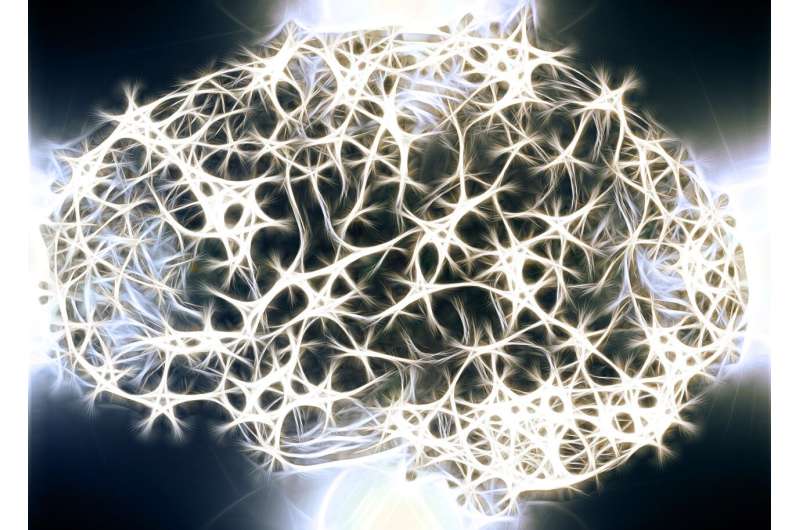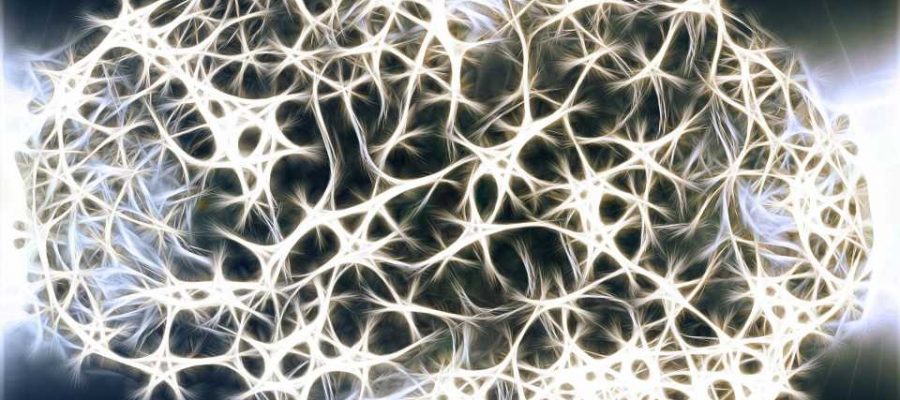
People vary widely in how we think and behave and in our vulnerability to disease, and that variation can be traced at least in part to our brains. Yet scientists don’t know how healthy brains vary from one individual to the next, how genes and the environment generate that variation, or how human brains vary at the cellular and molecular levels.
To help answer these questions, researchers at the Broad Institute of MIT and Harvard are working to create an “atlas” of variation in human brain cells. The project will include data from tens of millions of cells, collected by biobanks such as the NIH NeuroBioBank, from more than 200 people of diverse ages and genders. The effort will serve as a valuable point of comparison for studies of brain disorders and is supported by the BRAIN Initiative at the National Institutes of Health, which aims to identify and characterize different cell types across the human brain.
To construct the atlas, the team plans to use techniques such as single-nucleus RNA-sequencing, which probes gene expression in individual cells, and single-nucleus ATAC-seq, which provides scientists with information about the accessibility of DNA for gene regulation. The scientists will also apply spatial transcriptomics to understand the spatial arrangement of cells and how gene expression varies across different regions of brain tissue.
The project is led by Evan Macosko, an institute member at the Broad and an attending psychiatrist at Massachusetts General Hospital, and Steven McCarroll, an institute member and director of genomic neurobiology at the Broad’s Stanley Center for Psychiatric Research, and a professor of biomedical science and genetics at Harvard Medical School. Other collaborators include core institute member Fei Chen, institute members Elise Robinson and Paola Arlotta, Mehrtash Babadi, associate director of machine learning, and Randy Buckner, an investigator at Mass General.
We spoke with Macosko and McCarroll about the tools they’ll use to probe this variation and what they hope their efforts will reveal about the brain in the following Q&A.
How did the idea for this atlas come about?
EM: Many years ago, when I was a postdoc with Steve, we wanted to develop a technology that would allow us to look systematically at gene expression in cells of the brain. We’d just seen the first hints of genetic signals associated with schizophrenia and bipolar disorder. A big question was understanding how those genes are acting in specific brain cell types.
So we developed this technology called Drop-seq, which was the first tool for high-throughput single cell analysis. That paved the way for a lot of the single cell work that’s been done here at the Broad and elsewhere over the last seven years. All along the way, we’ve focused on understanding what’s different in the brains of people who have mental illness. This project is about providing a baseline for that work.
SM: Even in our first conversations about Drop-seq, we had the aspiration that such a technology would someday make it possible to do things like this—to take something that’s incredibly interesting, like human neurobiological variation, that’s not really described at a molecular and cellular level, and to really try to understand it. This is now the chance to do that.
Why is it so important to have a baseline understanding of the range of ‘normal?’
EM: It gets at basic questions about what makes us all different. There are differences that exist at the cellular level, but we don’t really have a sense of what those differences are. The human genome varies from person to person, but that variation isn’t just random. We suspect the variation of cells in the brain is very similar. There are certain commonly observed variations that you see across people, and those variations evolve in predictable ways across development and aging. Those are principles that we don’t understand at all, and could lead to key insights into how the brain works.
And I think what’s potentially game-changing is that we’re trying to develop an area of biology that just doesn’t exist. Neuroscience is almost entirely performed on laboratory animals that have no variation. There are a few notable exceptions to this, but the vast majority of work is on inbred mice that are kept in exactly the same cages over the course of their whole lives. That allows for very disciplined, structured experiments. But it doesn’t give us a sense of the range of normal of what a brain can experience and undergo cellularly. We’re trying to chart a path towards understanding that variation and how it connects to disease.
SM: Everything in human biology is a range rather than a point measurement. Anytime you get a standard blood test, the results you get show not only the values that you had at that moment, but the range of values that are considered normal. These ranges are wide. When we talk about human biology, we’re not just talking about one thing—we’re talking about something that’s very dynamic, that changes throughout the day, throughout the lifespan, and that is highly variable even among healthy people.
The human brain is our culture’s favorite monolith. That phrase, “the human brain,” is used as if it were one thing. Relative to a mouse brain, human brains are indeed quite similar to one another. But the biological variation among human brains is vast and fascinating and includes so many things that we care about. It’s the difference between health and illness and the difference between joy and despair. It’s really important to us to understand the human brain as a dynamic entity.
What tools will you apply to this research?
EM: We’ll use droplet-based RNA-seq and epigenetic analysis. And we’ll also be undertaking spatial analysis. My lab, together with Fei Chen’s lab, has developed a technology called Slide-seq, which allows us to look at gene expression in a two-dimensional section. Utilizing that technology will be a way for us to start to interpret the variation that we’re seeing, not just looking at the cells themselves, but their positions in space. It’ll be a way of connecting these results to the histology and structure of the tissue in a way that we haven’t been able to before.
What is challenging about this kind of work?
EM: There are the intrinsic challenges associated with building a very large-scale, systematic data set: being methodical, disciplined, organized. Another challenge associated with that is procuring samples that are matched for age and sex and ancestry. We would like this data set to represent the United States and not just a small subset of it. We’re trying as hard as we can to find samples that reflect that goal.
Scientifically, another huge challenge is going to be the analysis. This is a huge new type of data. We have great people thinking about this with us but, of course, there’s going to be a lot to do to unpack all of this complex data to try to find principles and ideas in the data that will be useful for future work as well.
How do you envision other scientists using this atlas?
EM: It’s kind of our control set for disease. There have been a lot of examples of this in genetics. The UK Biobank and the 1000 Genomes Project were all trying to understand the overall variation of genomes in the population. That’s what we’re trying to do with this project—just understand the overall variation of brains in the population. That can give you a much deeper and clearer sense of the kinds of analyses to do in disease. If you know that these certain variations are occurring in people, you can then test, how do those particular variations intersect with disease? Are there particular vulnerabilities?
SM: Human genetics has gotten far ahead of experimental biology in the sense that our ability to discover genes and alleles that affect disease is far greater than our ability to benefit from having found those genes. It’s the great bottleneck in science today. We’re hopeful that the kinds of data resources and computational approaches that we’ll create will help address the genes-to-biology problem—for example, by seeing how and where the effects of common genetic variations manifest in the brain.
All the brain tissue that we’re going to study in this project is from what are called neurotypical controls. “Normal” is a broad range, and also includes many subclinical states and vulnerabilities, so it’s an opportunity to understand those. We’ll also apply the scalable lab process and computational approaches that we develop for this project to other efforts studying neuropsychiatric and neurodegenerative disorders.
What about this work excites you?
SM: I think human biological variation is such a fundamentally interesting thing. Humans always notice variation among other humans—we’re just built to notice that. But it’s a very different thing to be able to understand biologically what generates that variation. And I think this is a historic opportunity to really start to understand that scientifically.
Source: Read Full Article
